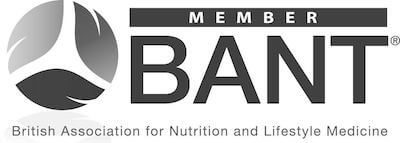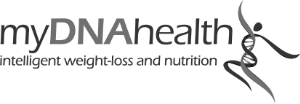
Have you heard of the term prostaglandins and its relation to blood glucose and our health?
Firstly, let me tell you what is the food glycemic index.
The glycemic index (GI) is a rating system for foods containing carbohydrates. It shows how quickly each food affects your blood sugar (glucose) level when that food is eaten on its own.
Secondly, the excessive consumption of terrestrial animal products (meats, sausages, dairy), the consumption of saturated fats (red meat, butter, fatty sausages, dairy) and the consumption of foods with a high glycemic index (bread, pasta, sugars, industrial pastries) increases the production of prostaglandins that are within the main causes of premenstrual and menstrual pain.
However, the consumption of dairy products is related to certain types of hormone-dependent products. It is not known whether this is due to the hormonal and antibiotic treatment of the milk-producing cows, whether it is due to the composition of the cow’s milk itself, or for both reasons. For example, women who ate one or more servings of skimmed or semi-skimmed milk per day were found to have a 32% higher risk of developing ovarian hormonal imbalances than those who ate three or fewer servings per month.
When blood glucose is low too many times a day (fasting, excessive sports, eating only too little of the glycemic index foods, or the rebound effect of eating many high glycemic index foods …), the body’s response may even be more dangerous , affecting the brain primarily (dizziness, vertigo, fatigue, disorientation, seizures, nightmares, fears, etc.). It is a situation to which the organism autonomously puts a quick response. Making the body work excessively, by the adrenal glands secreting adrenaline and cortisol in order to get glucose at all costs “in”. And if necessary by breaking down muscles to achieve it.
In addition this process is highly costly energetically speaking, and very, very oxidising. Oxidising in preference to the thyroid, which could cause a future subclinical hypothyroidism. This may worsen into fatigue, overweight symptoms, and possible constipation, insomnia, depression, etc.
In order to maintain blood glucose at its optimal values, a medium glycemic index food should be consumed at least at all meals together with one or more low glycemic index. High glycemic index foods should only be consumed sporadically and if they are accompanied by a high amount of vegetables. This supports the delay in gastric emptying so that blood glucose does not rise so much or so suddenly.
Foods with a high glycemic index or that can raise blood glucose: Sugars, flours, coffee, stimulants, potatoes, refined rice and brown rice, corn, fruit, juices, honey, bread, chocolate, fried. Dairy, soy and alcohol are included in this section because they predispose to metabolic syndrome in the long term.
Foods with a medium glycemic index or that behave as such: whole grains, legumes, meats, sprouted bread, salads with vegetables and/or proteins.
Low glycemic index foods: vegetables, fish, oil, eggs, raw nut, raw vegetables, seaweeds, sprouts.
If you’re looking for a healthy recipes go ahead and check them here.
Have a healthy time!
Paloma













Social